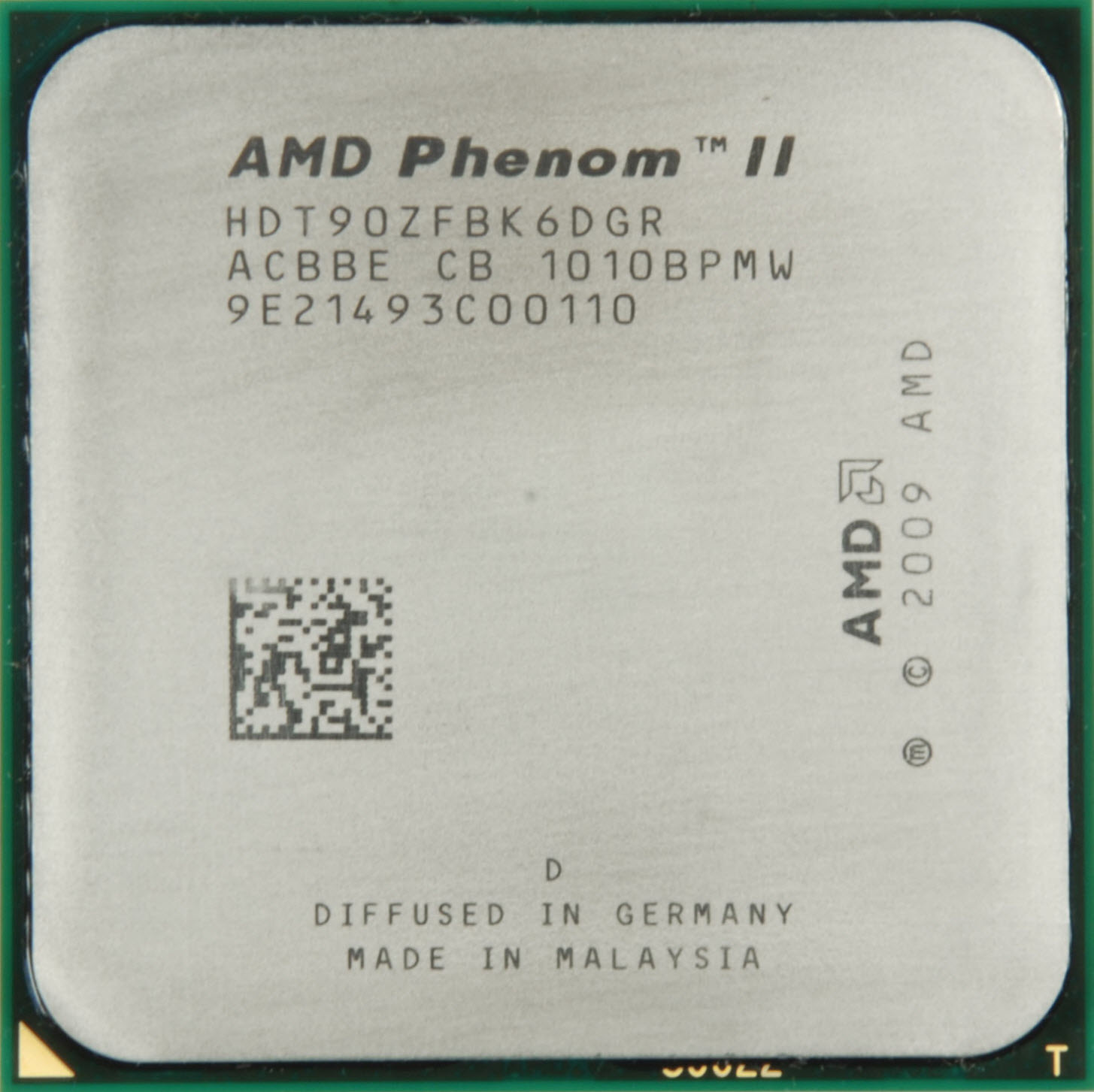Six-Core Analysis: AMD’s Phenom II X6 Gets Scaled Down
What’s the real benefit of six cores versus five, four, three, two, or one? This article looks at the performance, power, and efficiency of AMD's Thuban-based six-core Phenom II X6 1090T processor running with several different core configurations.
Scaling Down Thuban’s Cores
Depending on core counts, cache, and power consumption, processors may not be running at their "best" with all cores enabled. After all, AMD's Thuban-based Phenom II X6 1055T and 1090T share the same 6MB L3 cache as the manufacturer's Phenom II X4s, X3s, and X2s.
Today we're looking into the new Phenom II X6 processor's performance, power consumption, and efficiency by testing it with all possible core counts, from six down to one.
Most people wouldn’t think of disabling processor cores. After all, you’d assume that people buy six-core CPUs for a reason. However, our numbers show how well the Thuban architecture can scale performance and power as its core count climbs. In the end, six cores are certainly fastest under threaded workloads, but they don't necessarily deliver the best power efficiency. Also, the leap from four to six cores might not be as significant to you as the move from two to four cores.
Looking at the differences between four and six cores makes sense from another perspective: as you could see in our article Meet Zosma: AMD’s Quad-Core Phenom II X4 960T Gets Unlocked, it's possible to unlock some AMDs processors to get additional processing cores. Whether or not this unlocking is reliable is a different story, though, as the six-core processor was probably turned into a quad model because of yield issues on one or two cores. This is why you should run extensive reliability testing before even thinking about putting the system into commission.
Get Tom's Hardware's best news and in-depth reviews, straight to your inbox.
Current page: Scaling Down Thuban’s Cores
Next Page Turbo CORE Implications And Motherboards